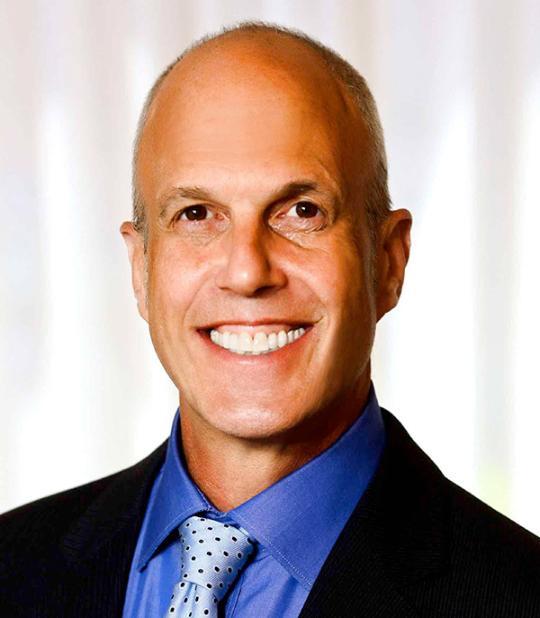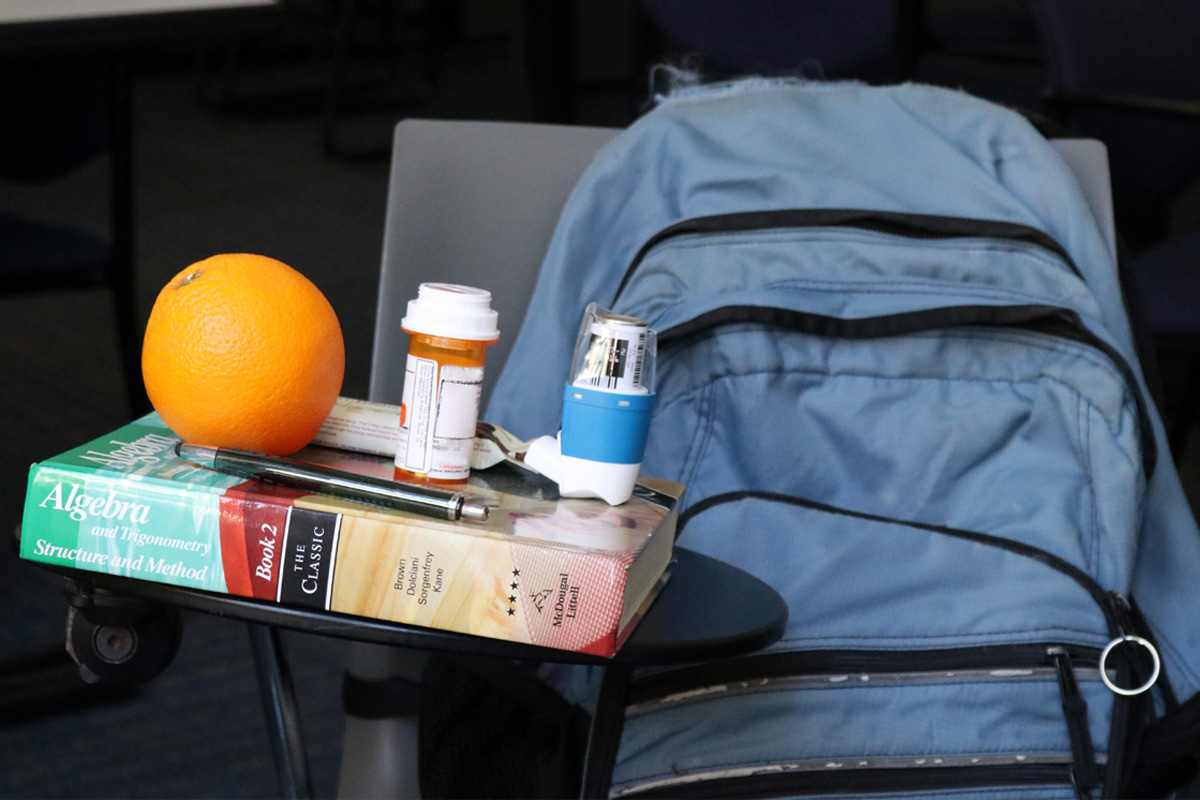In fall 2011, in a landmark report in The Journal of School Health, Teachers College’s Charles Basch documented the extent to which a group of common health problems – including poor vision, asthma, teen pregnancy, aggression and violence, physical inactivity, and insufficient breakfast, ADHD, and poor mental-emotional health – disproportionately affect low-income, minority youth and contribute to the nation’s academic achievement gap. Basch, TC’s Richard March Hoe Professor of Health Education, outlined a strategy for combating these issues through school health programs uniting an extensive cast of national, regional and local players. The model included creation of a school health coordinator position and a school health council; coordinated services for individual students; and community involvement and support.

MOVEMENT LEADER Basch’s publication seven years ago has led to a growing focus on how schools can support student health
Nearly seven years later, the good news is that – slowly but steadily – Basch’s efforts are paying off. In mid-June, at a workshop Basch keynoted held by the Roundtable on Population Health Improvement (part of the National Academies of Sciences, Engineering and Medicine), high-level representatives from universities, corporations and government agencies presented examples of his model in action. These include an effort in Baltimore that has dramatically reduced the number of school days missed because asthma, and another in Arkansas that, through immunization, has prevented tens of thousands of days of absenteeism because of influenza. In Cincinnati, an entire hospital system is collaborating with local schools. In New York City, Basch’s doctoral student, Wenimo Okoya, is coordinating full-scale health programs in several schools through the Children’s Health Fund. And schools in New York, Los Angeles, Baltimore and other major cities are providing on-site services such as mobile delivery of eye glasses and eye care.
The schools that participate in successful health programs often become very enthusiastic about these partnerships because they can see the benefits for educational success with their own eyes.”
– Joshua Sharfstein
“Professor Basch is a leader in this field,” says Joshua Sharfstein, Vice Dean for Public Health Practice and Community Engagement at the Johns Hopkins Bloomberg School of Public Health in Baltimore, who chaired the Roundtable. “He is recognized for understanding and expressing both the value of specific health efforts and the need to consider health holistically. The schools that participate in successful health programs often become very enthusiastic about these partnerships because they can see the benefits for educational success with their own eyes.”
Read an essay by Okoya on the need to prepare teachers to detect non-school issues that students may be coping with. Also read a story on one of Basch's own heroes, the pioneering health educator (and TC alumnus) Michael Carrera, who created one of the nation's most successful teen pregnancy prevention programs. Carrera has returned to TC as an adjunct faculty member.]
Yet, for a variety of reasons, most schools have still not taken up student health as a fundamental part of their mission. To make the case why doing so would be directly in their interest, Basch devoted his own remarks at the Roundtable workshop to explaining precisely how health issues affect learning and academic performance.
More specifically, Basch outlined five interdependent “causal pathways” – sensory perception, cognition, school connectedness, absenteeism, and temporary or permanent dropping out – through which these health issues affect learning and school performance. For example, a child’s sense of school connectedness – the feeling that her school is a place where she belongs, and where adults and peers care about her as a person as well as a learner – is negatively affected if she is exposed to violence and bullying, but also if she is chronically absent (a problem that eventually often leads to dropping out). And fear of violence also affects cognition by hindering a focus on sustained attention on problem-solving and other thinking skills.
“Educators want their students to come to school and show up for class,” he says. “They want students to be able to focus, to engage with material and to remember what they’ve learned. But all of those behaviors require students to be in good physical and mental health. A student who has asthma or is pregnant or is afraid of getting beaten up on the way to school or bullied in school may never leave the house. A student who hasn’t eaten enough for breakfast or has untreated attention deficit/hyperactivity disorder will have difficulty concentrating and being engaged in school. A student who has poor eyesight and no glasses may not be able to see what’s written on the whiteboard, and become demoralized.”
In the end, it gets back to how superintendents, principals and teachers are prepared. Do they understand health as part of their mission? And do they have the tools to address it?”
– Charles Basch
Again, all of these problems disproportionately affect the nation’s poorest and most under-served students. To cite just a few examples: 5.6 percent of all high school students have missed one or more school days in the past month because of feeling unsafe at school or while traveling to or from school – but the rate is 20 percent higher for African-American students and 36 percent higher for Hispanic students. And while the rate of births among 15-to-19-year-olds is 20 per 1,000 nationally, the percentages are 29.3 per 1,000 among African Americans and 31.9 percent among Hispanic teens.
Basch is quick to point out that schools are not resistant to his message. “I’ve never yet met a principal who didn’t get what I’m saying or didn’t think this is important. But even when they make the connection that ‘healthier students are better learners’ they often don’t have the resources to address the pervasive health problems that have powerful effects on teaching and learning. We, therefore, need to break down siloes between policymakers, researchers and practitioners in the education, health and social services sectors – for example by creating data dashboards that integrate health and education data. We need to recognize that schools can’t do this alone – they need help from families, health services providers, community organizations, philanthropies, businesses, governmental agencies, and institutions of higher education.”
The latter, in Basch’s view, include colleges of education. “In the end, it gets back to how superintendents, principals and teachers are prepared. Do they understand health as part of their mission? And do they have the tools to address it? Colleges of education, along with schools of medicine, public health, and social work, among others, can work directly with local schools in strategic ways and help them overcome students’ health barriers to learning while at the same time providing excellent apprenticeships for graduate students. That’s where TC and other schools can make a difference in shaping the lives of youth and helping to close the educational opportunity gap.”
